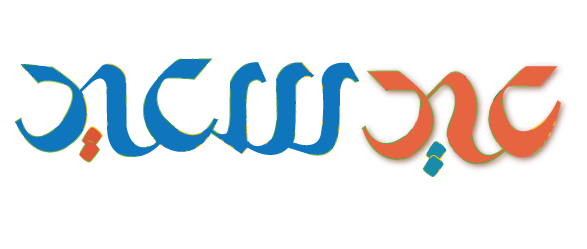My original idea of cleaning and polishing the scales went out the window as soon as I realized how bad they were. I attempted to make a pair of replacement scales that were identical in shape and size so that I may replace the original metal inlays. I really dig the way that looks. After many frustrating hours fighting with a warped piece of blond water buffalo horn I thought I had achieved my goal until one of the scales crumbled in hand. Horn is not easy to work with and the piece I had was doomed from the start. It was not true, it had spiderweb cracks and the layers of material had begun to "de-laminate". Thankfully it was the worst piece of stock I had to work with. Again, try my skill on the sacrificial lambs before moving on to quality materials.
After that little fiasco I took a whole different direction and just decided to freehand some scales and let the blade tell me what it wanted. This is what I came up with.
By no means a reinvention of the wheel, just a look I've seen that I really like. Taking my newfound knowledge of how to work with horn (go slow, be careful, have patience, use finer saws and files...) I selected a nicer, thicker, higher quality piece of black water buffalo horn and set to work.
I got so caught up in making the scales that I did not take all that many pictures.
I wanted to use a brass wedge but I was not able to source any brass in my area. I was however able to score a piece of copper pipe cap. I sliced the top of the cap off thinking I would use that. Bad idea, too much curve and too many imperfections.
I then split the pipe in half and hammered it flat.
Here is the makings of my new wedge. After a little fiddling around and a few test fits I decided not to taper the wedge. Whether it needs to be tapered or not is a different conversation for a different thread. I just didn't like the way it looked.
First restoration came out "JUSTRITE"


 شارك عبر الماسنجر
شارك عبر الماسنجر
